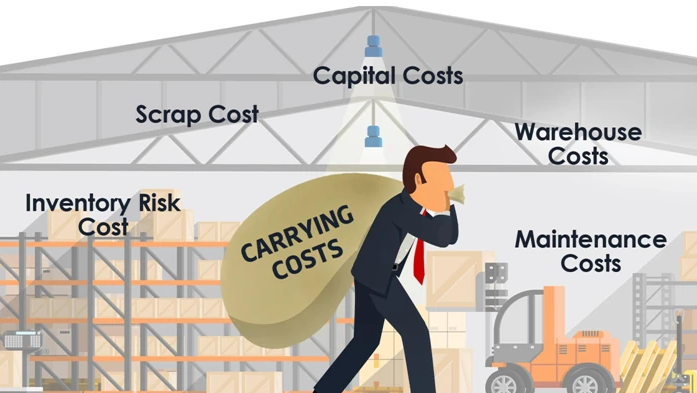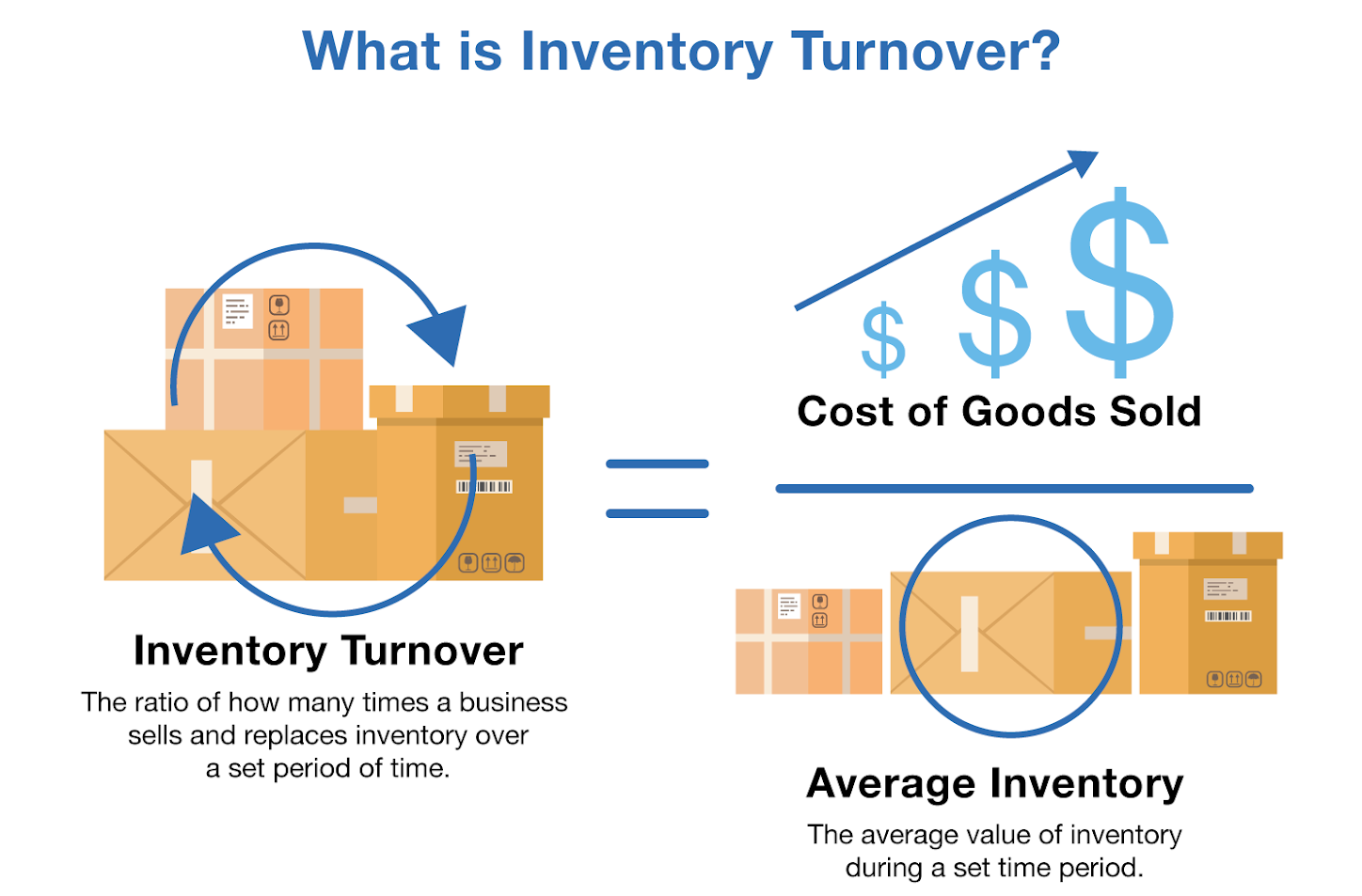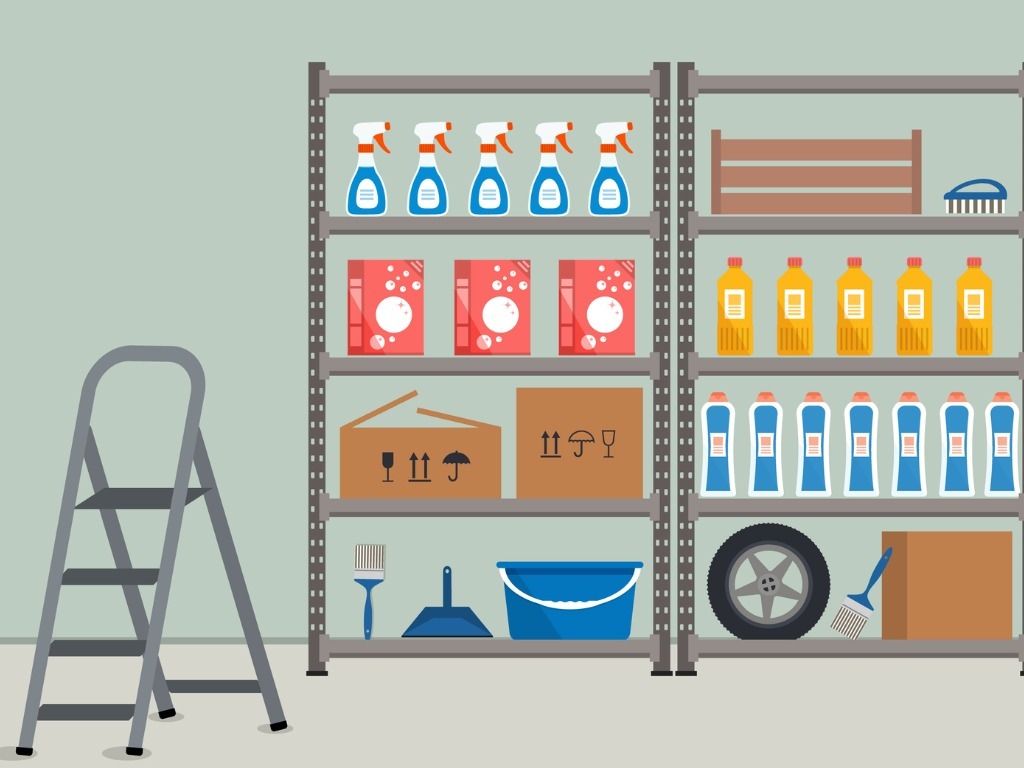Here’s How to Cut Down on Inventory Carrying Costs
May 12, 2022 | Read: 8 minutes

Many businesses are trying to turn lean in these fast-paced days of technology innovation and economic transformation. This post will look at inventory carrying cost in further detail and provide some suggestions for lowering them.
Inventory reduction is an important part of running a lean business.
Because of the various elements that contribute to expenses, inventory management is a difficult undertaking even for businesses.
They may increase their profitability and efficiency by analyzing and lowering inventory carrying costs.

What is inventory carrying cost?
The charges involved with keeping inventory are known as inventory carrying costs. The opportunity cost of capital, storage and handling charges, and insurance premiums are all examples of these expenses.
Inventory carrying costs must be considered since they have a substantial influence on a company’s earnings. Carrying expenses are approximately 20-30% of the inventory value of a corporation. A key supply chain management technique is to keep inventory expenses to a minimum.
Inventory carrying costs are an important statistic for determining whether or not you’re running a lean organization. High carrying costs may indicate that your company has more stock on hand than it requires to meet demand. Then you’ll need to change how often you make orders with manufacturers and retailers, or you’ll have trouble keeping stock moving.

What is included in the inventory carrying cost?
Capital costs, inventory risk costs, storage costs, and service costs are the four main types of inventory carrying costs.
Capital costs
The complete cost of purchasing the inventory goods that are being held is included in capital costs. The biggest percentage of carrying expenses is made up of capital costs. The costs of purchasing raw materials or inventory products, as well as any financing fees, loan management fees, and interest, are referred to as capital costs.
Inventory risk costs
Risk holding costs might have a direct or indirect impact on your overall inventory cost. Inventory risk refers to the possibility that things in storage may become unsellable before they can be sold and turned into cash. Shrinkage and obsolescence are the most common causes of this danger.
Shrinkage occurs when a saleable product is lost due to damage, thievery, or record-keeping problems. Obsolescence is defined as the loss of saleable items as a result of product expiry or retirement, and it is a problem for merchants that sell products with a limited shelf life.
Inventory storage space costs
The costs of managing a warehouse are known as storage costs. This covers the price of renting or acquiring warehouse space, temperature control and utilities, physical security, and the costs of transferring objects into and out of storage.
These costs are set and predictable when a firm operates its own warehouse. If a firm outsources its warehouse and fulfillment logistics to a third-party logistics provider (3PL), fees may change depending on the use and volume of items.
Inventory service costs
Inventory service expenses are unrelated to stock goods, yet they are required to keep them in a depot or warehouse. Insurance charges, taxes, hardware purchases, and enterprise software fees are among these expenses.
Similarly, inventory management software is a continuing expense, but it allows you to keep a closer eye on inventory operations and remove inefficiencies.
Why is inventory carrying cost high?
While having adequate inventory to fulfill market demand is critical, there are some cases that might lead to high inventory carrying costs.
Having additional inventory to defend against unforeseen occurrences is a good idea, but it should only be adequate for a short time. When you carry too much inventory stock, your total holding costs will automatically rise.
Improper inventory management can include failing to arrange and optimize inventory stock levels, as well as poor warehouse architecture, which can result in misplaced and damaged products, as well as wasted space.
Sales projections aren’t always accurate. However, if a company makes a lot of mistakes, it will result in a lot of unrealized revenue and higher carrying costs. Overestimating sales may result in the rental of a big storage facility or the placement of huge orders that are difficult to sell.
How to cut down inventory carrying costs
Reducing inventory expenses can improve cash flow and profitability. Reduced carrying costs is one method to boost profits. There are several methods for lowering costs. The four cost-cutting approaches listed below illustrate simple cost-cutting tactics that are straightforward to execute.
Implement an automated inventory solution
Integrating an automated Inventory management software may help you minimize a lot of time and cost you spend on inventory management while also speeding up inventory turnover times. Automated systems can also assist in the prevention of human error, which can result in costly errors.
An inventory management solution’s reporting features are also quite useful. For example, a company may see their inventory turn or sales data for a certain product category or SKU at any moment. It can keep track of how much money is lost to depreciation or spent on insurance and taxes over the course of a quarter or year.
Magestore is one of the most widely used inventory management systems, and because of its complete solution, reasonable cost, and ease of installation, it is an excellent choice for any business. You may handle and manage a wide range of orders using inventory management software like this. Read here to explore its more excellent functionalities.
Increase inventory turnover rates

Improving your sell-through rate is another effective strategy to reduce inventory holding costs since it implies things will spend less time on your shelf. Your inventory turnover percentage will improve if you can comprehend business and market trends. When a company’s inventory is moving too slowly, discounts and bundles may help move it out.
You must ensure that your inventory turns over as rapidly as possible in order to decrease inventory carrying expenses. This can be accomplished by increasing revenue, renegotiating with vendors for positive reviews, or optimizing your ordering process.
Every month, evaluate the performance of all items to check if they are selling at the desired pace. Adjust as needed if turnover is positive or negative than predicted. Again, precise forecasting will help you reduce excess inventory that sits around and loses value.
Reduce supplier lead time
The length of time it takes from the time an inventory order is made until the supplier delivers the products is referred to as lead time. In other words, it is the period of time it takes the supplier to complete an order.
When supplier lead times are long, you must hold extra safety stock in your warehouses in order to fulfill all of your client orders. This results in higher holding costs since excess inventory must be stored.
Consider how long it takes for a consumer to get a product after placing an order. Compare this to the time it takes to make the product. Do you have a lot of spare time? If you can create items in three days but it takes three weeks for them to reach the consumer, it indicates that there is inefficiency in your goods handling that is slowing down the entire process.
Demand forecasting
Demand forecasting is essential for any lean inventory strategy, as it allows you to anticipate how much safety stock to have on hand and even purchase specific commodities ahead of time. You may also figure out what KPIs you should get, what your best-selling things are, as well as what your worst-selling items are and what demand patterns are.
Predictive data analysis enables you to make better economic decisions in the future by assisting you in estimating the proper quantity of your inventory based on previous months’ data.
If you predict a spike, it indicates you have enough supply on hand to fulfill demand without blowing your budget. This way, you don’t order too much and run the danger of running out of stock.
Redesign the layout of your warehouse
A structured warehouse allows you to arrange your goods more effectively and enhance the general architecture of your facility, lowering some of your carrying expenses.

If you have a lot of extra space in your warehouse, you’re spending money on inventory carrying charges that aren’t essential. Redesigning your storage facility can help it become more efficient and lower the amount of storage space required.
The most efficient method to plan your storage facility is to put your high-volume products upfront in the staging area, which will streamline your pick, pack, and ship process. Analyze your inventory flow through rates to determine your fast-moving products.
Take action to manage your inventory costs!
Controlling inventory expenses is helpful to your company’s financial health and may help you improve a variety of elements.
You may start turning more profit and building a more successful business now that you comprehend your carrying expenses and how to lower your inventory expenditures.

Cristina Maria
I'm here to bring you next-level strategies to the field service industry. When I'm not working on the best tips to grow your business, I'm on the lookout for sci-fi novels and cookie recipes.







